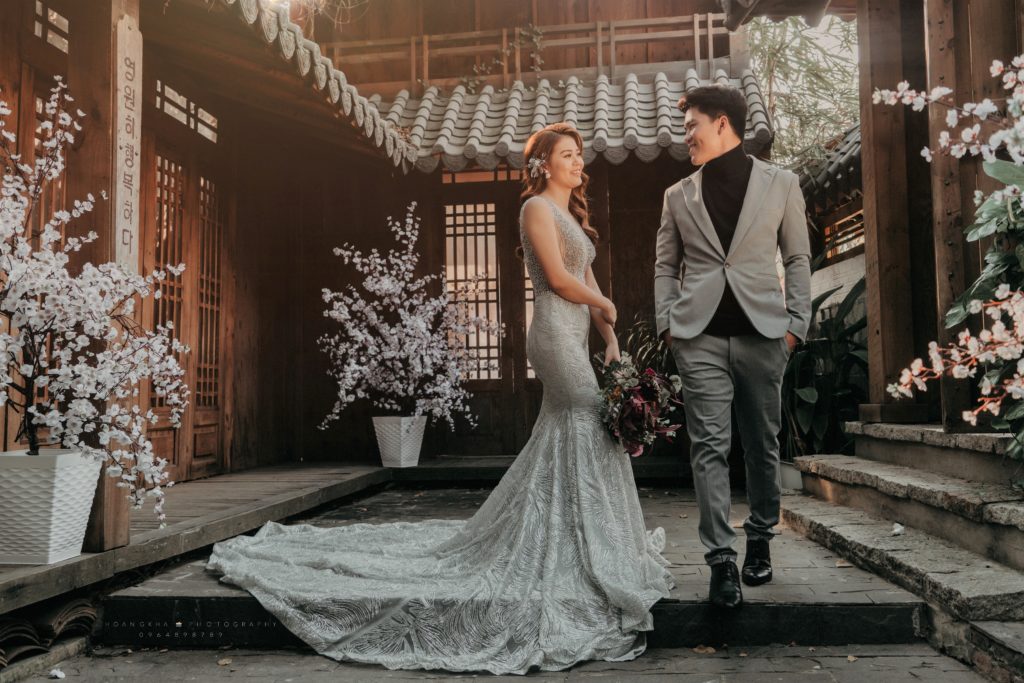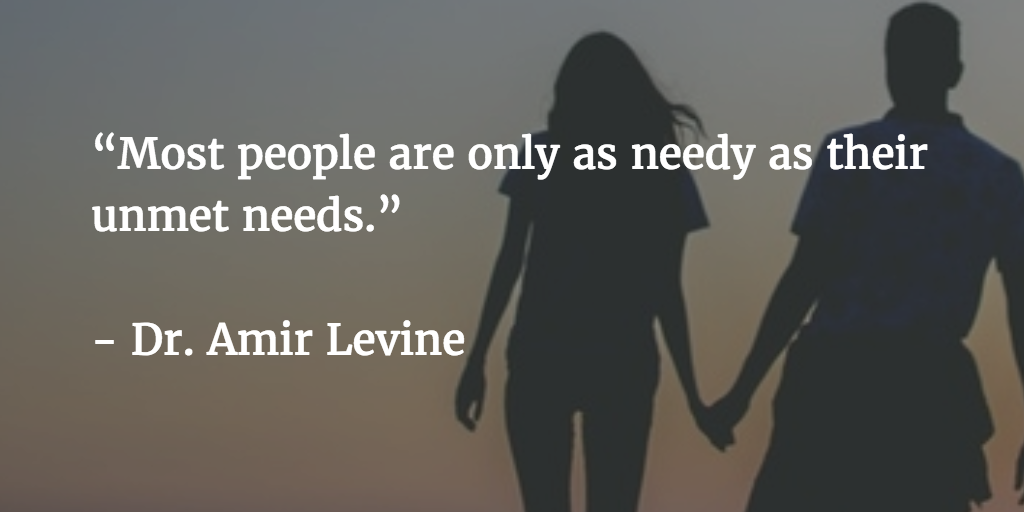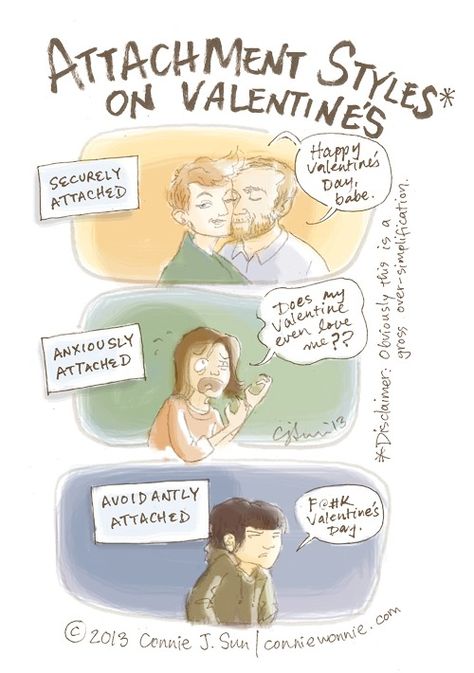
Attachment theory is a theory in developmental psychology that describes how humans form emotional attachments based on their early childhood experiences. Our attachment style affects all facets of our intimate relationships: the type of partner we are drawn to, how our relationships progress, how long they last, and the way that they end. You can save yourself from heartbreak and increase your chances of experiencing relationship bliss by identifying your attachment style and learning how to work with it. (Estimated reading time: 5 minutes)
“Learn the difference between connection and attachment. Connection gives you power, Attachment sucks the life out of you.”
— Unknown
We all crave a deep and meaningful connection, where we feel one, in mind, body, and spirit, with that special someone. So why do we find it so difficult to find?
Part of the problem is finding someone you’re compatible with. The other is forming a healthy connection once you do.
When the honeymoon phase is over, the complexity and shadow-side of both personalities co-mingle with the realities of making a relationship stand the test of time. When two people move from the shallow to the deep end of love, they bring past baggage, as well as their unique style of relating to another person.
You, or someone you know, may have met a near-perfect match who seemed enthusiastic in the initial stages of dating, but later became distant, aloof, and even ghosted you when the relationship progressed to a serious stage.
On the flip side, you may have also encountered partners who seemed balanced and healthy in the beginning, only to later become needy, clingy, and in constant need of reassurance and closeness from you.
If any of these scenarios sound familiar to you, you witnessed the attachment theory play out in real-time. Attachment theory is a theory in developmental psychology that describes how humans form emotional attachments based on their early experiences as children. It originates from the renowned work of John Bowly, a British psychoanalyst from the 1930s, who studied infants and their relationship to their parents.

While working with them, Bowly closely observed the dynamics that took place when the infants were separated from their caregivers for significant periods. He noticed that separation left a permanent imprint on the child’s psyche about feelings of abandonment, which later influenced the nature of their attachment style in romantic relationships.
Most people don’t remember the emotional and psychological distress they may have experienced as a baby or the type of dynamic that played out between them and their caregivers. It’s lodged deep in their psyche, in obscure corners of their subconscious mind.
Our attachment style has a significant impact on our adult life, and it’s vital to be aware of it. It affects almost all facets of our intimate relationships: the type of partner we are drawn to, how our relationships progress, how long they last, and the way that they end.
It is the model that influences how we manage and meet our needs from our partners. Many of the fears, behavioral patterns, and beliefs we demonstrate as grown-ups are derived from what occurred in those first few years of life.
As adults, we can’t change the past, nor should we sit around blaming our parents. Instead, we can become aware of the style that has resulted from our upbringing and take steps to heal any wounds that we carry from infancy.

Instead of feeling helpless, caught up in an endless struggle in dysfunctional relationships, we can take charge and fill those voids with self-love.
Recognizing and working with our attachment patterns will bring our strengths and vulnerabilities to light. It will help us steer away from disastrous and tense relationships with clashing attachment styles.
Unconscious relationships, where both partners are unaware of how their relational styles impact their intimate connections, are often the ones that result in pain, and abuse.
Sadly, it’s the dysfunctional forms of relating that are often showcased in mainstream culture because of the high drama these love stories involve. Movies such as ‘The Notebook‘, songs like ‘With or Without You‘ by U2, and the emotional ups and downs of an onscreen couple such as Ross and Rachael in ‘Friends‘ normalize unhealthy attachment styles.
You can save yourself from heartbreak and increase your chances of experiencing relationship bliss by identifying your attachment style and learning how to work with it.
Here are the three types of attachment styles based on the attachment theory:
1. Anxious attachment style: Anxiously attached partners tend to be stressed and worried in their relationships. They require a lot of attention and assurance because they are perpetually worried about being too much, or too little for the person they are involved with. They tend to live in their heads, and continuously feel unsure and unsafe in their relationships.
As a result, they are often clingy, demanding, insecure, and codependent in their partnerships. This is the type of lover who feels threatened and becomes prone to angry outbursts if he sees you talking to an attractive person, or leaves you 50 text messages or voicemails if you happen to miss his calls.
2. Secure attachment style: People with secure attachment styles are comfortable with intimacy and feel comfortable displaying affection and interest toward others. About half the world population display this attachment style. They are secure in relationships and feel comfortable having a life of their own and granting that freedom to their partners. They handle conflict without getting defensive, critical, and temperamental.
Their healthy and balanced approach to partnerships increases their chances of being in joyful and satisfying relationships. While people with secure healthy attachment styles are the healthiest among the three, they are prone to ups and downs like everyone else. But, they tend to handle those fluctuations better.
3. Avoidant attachment style: People with avoidant attachment style are the types of partners who appear closed-off, unavailable, and indifferent in even the most turbulent and drama-filled relationships. They are uncomfortable with getting too close to people and forming intimate bonds with others, so they keep their emotions closed off and avoid falling deeply in love. Even though these individuals may desire a loving connection, they are plagued by an unconscious fear of abandonment and rejection if they become involved with another person.
People who display this style usually come across as commitment-phobes who either avoid relationships altogether or keep anyone they meet at a distance to avoid feeling suffocated and caged-in. Whenever they do feel restricted, they use exit strategies, make excuses, or ghost their partners.
Emotional struggle and longing for an unrequited love do not lead to happy endings. Even if that has been your story until now, you can rewrite it by shifting your patterns in intimacy that don’t serve you and move on to a healthier chapter. You deserve all the happiness, support, and comfort that a loving relationship offers.
All my best on your journey,
Seline

Question for you: What is your attachment style? How has it impacted your relationships and your self-worth?
Did you like this post? Sign up below, and I’ll send you more awesome posts like this every week.

I have known people in each of these groups. I myself am not with anyone but I am sure I would be a secure attachment type. I think it is interesting to see how different people react to the same event and the same situations. Just goes to prove we all are different and shouldnt be so quick to judge others or compare ourselves to others.
From another secure attachment individual, I wanted to say I too have always been kind of intrigued by the other attachment types. Personally I don’t understand them because to be the sole reason I am with my husband is that he loved me and I love him and we trust each other. So I don’ see how someone can have a relationship built on fear, mistrust, or avoidance. It just doesn’t make sense to me. I’ve not known many people in those kinds of relationships so maybe that is part of the reason it’s so hard for me to wrap my head around?
I believe attachment style is different to everyone.. but one should just make sure that it should not suffocate the other person whom he/ she is in relationship with…
Great blog post!I think attachment is necessary part of relationship as equal to having giving partner their own space!
Thank you for answering all the questions 🙂 Actually learned a lot. That’s just until the end and did not figure out what and where.